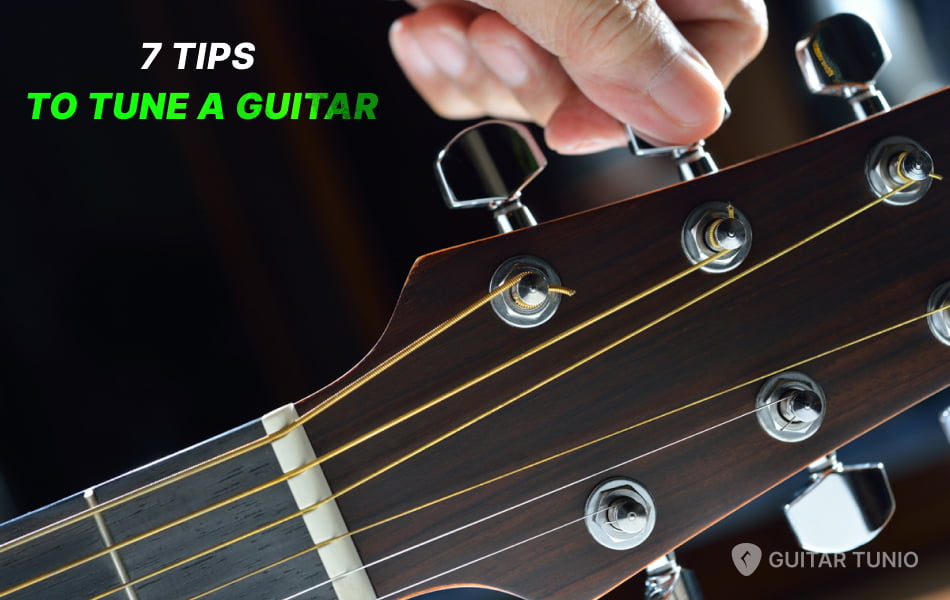How To Hold A Left Handed Guitar: Proper Technique
Guitar is a widely loved instrument and hobby, attracting enthusiasts from all walks of life. For left-handed individuals, playing guitar may require some adjustment, but it is certainly a rewarding pursuit. Learning how to properly hold a left handed guitar is an important step towards becoming comfortable with the instrument. This article aims to provide guidance and tips to help left-handed individuals ease into the world of guitar playing with confidence.
The differences between left handed guitar and right handed guitar
Playing guitar with the left hand is distinct from playing with the right hand. There are various dissimilarities of the two types, making it a significant adjustment for left handed players. Nonetheless, with proper technique and knowledge of left handed guitar playing, it can be successfully accomplished without being overly challenging.
When deciding to play the guitar left-handed, there are several factors to consider. The primary consideration is the choice of instrument. Opting for a guitar specifically designed for left-handed players is the ideal option. Alternatively, it is possible to modify a right-handed guitar into a left-handed one, but this requires expertise and technical knowledge.
A left-handed guitar player cannot simply use the same instrument as a right-handed guitarist. The playing technique and guitar grip differ entirely. It will take time and effort to relearn everything since many techniques are predominantly designed for right-handed players
How to hold a left handed guitar
Hand Positioning
When holding a left handed guitar, follow these steps for proper hand positioning:
Left Hand (Fretting Hand):
- Place your thumb on the back of the guitar neck, opposite the fingers.
- Arch your fingers and press them down on the fretboard to hold down the strings. The fingertips should be just behind the frets.
- Keep your wrist relaxed and avoid excessive tension.
Right Hand (Strumming/Picking Hand):
- Rest your forearm on the body of the guitar, near the bridge or soundhole.
- Position your hand above the strings, ready for strumming or picking.
- Use your wrist and/or arm to create the desired strumming or picking motion.
- Experiment with different hand positions to find what feels comfortable for you.

Noted for hold left handed guitar
Strap placement: Attach a guitar strap to the bottom strap button of the guitar and put it over your left shoulder. This helps support the guitar's weight and keeps it stable while playing.
Neck position: Tilt the neck of the guitar slightly upward so that the headstock is at an angle. This allows you to see the frets clearly while playing.
Remember, the left hand is responsible for fretting the notes on the neck, while the right hand is responsible for strumming or picking the strings. Keep practicing and adjusting your hand positioning as needed to develop a comfortable and effective technique.
Mistake while holding a left handed guitar
One common mistake while holding a left-handed guitar is using improper hand positioning and grip. Here are some potential mistakes to avoid:
Incorrect Thumb Placement
Placing your thumb over the top of the guitar neck can restrict your finger movement and make it difficult to reach the strings. Instead, ensure that your thumb is positioned behind the guitar neck for better mobility.
Gripping the Neck Too Tightly
Holding the guitar neck too tightly can lead to tension and hinder your finger dexterity. Maintain a relaxed grip, allowing your fingers to press down on the strings with just enough pressure to produce a clean sound.
Fingers Touching Other Strings
Be mindful of your finger placement to prevent unintentionally muting or touching adjacent strings. Each finger should press down on its intended string, avoiding contact with neighboring strings.

Slouched Posture
Slouching or hunching over the guitar can negatively affect your playing technique and cause discomfort. Maintain an upright posture to ensure better control and reduce strain on your body.
Neglecting Proper Wrist Position
Avoid bending or twisting your wrist excessively. Keep your wrist in a neutral position, allowing for smooth and efficient finger movements.
Lack of Relaxation
Tension in your hands and body can hinder your playing ability. Practice relaxation techniques, such as deep breathing and consciously releasing tension in your muscles, to play with greater ease and fluidity.
In conclusion, mastering the proper technique and positioning for holding a left-handed guitar is crucial for any aspiring guitarist. By following the guidelines provided in this article, left-handed players can ensure a comfortable and effective grip on the instrument. So embrace the challenge, enjoy the journey, and let your left-handed guitar playing skills shine!








